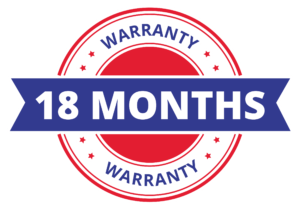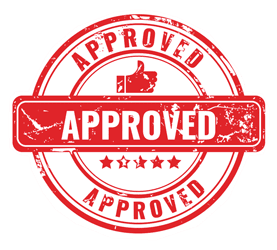Buying a used car can be a great way to save money, but not all used cars are a good deal. To avoid expensive repairs or hidden issues, it’s important to thoroughly inspect the car before buying.
This checklist covers everything you need to check before purchasing a used vehicle, ensuring you get a reliable, safe, and well-maintained car.
Step 1: Check the Vehicle History Report
Before inspecting the car in person, get a vehicle history report from CARFAX or AutoCheck.
Look for:
✔ Accident history – Has the car been in a major crash?
✔ Title status – Avoid cars with salvage or rebuilt titles.
✔ Odometer readings – Watch for signs of odometer rollback.
✔ Maintenance records – Regular servicing is a good sign.
Pro Tip: If a seller refuses to provide a history report, it’s a red flag.
Step 2: Inspect the Exterior
✔ Look for uneven paint, rust, or dents – Could indicate past accidents or hidden damage.
✔ Check for panel gaps – Uneven gaps may suggest poor repairs.
✔ Inspect the tires – Uneven wear could mean alignment issues.
✔ Check headlights and taillights – Ensure all lights function properly.
Step 3: Inspect the Interior
✔ Look for wear and tear on seats, dashboard, and flooring.
✔ Test the air conditioning and heating – Repairs can be costly.
✔ Check power windows, locks, and mirrors.
✔ Inspect the odometer – Compare mileage to the vehicle history report.
Step 4: Check Under the Hood
✔ Look for leaks – Any signs of oil, coolant, or transmission fluid leaks?
✔ Check the belts and hoses – Cracks or fraying indicate aging parts.
✔ Inspect the battery – Corrosion on terminals may signal issues.
✔ Pull out the oil dipstick – Dark or sludgy oil could mean neglect.
Pro Tip: If you’re unsure what to look for, bring a mechanic for a pre-purchase inspection.
Step 5: Test Drive the Car
✔ Start the engine – Does it start smoothly without excessive noise?
✔ Listen for strange sounds – Knocking, rattling, or grinding are red flags.
✔ Test the brakes – The car should stop smoothly without pulling to one side.
✔ Check the steering – Should feel responsive and stable.
✔ Drive at different speeds – Ensure smooth acceleration and shifting.
✔ Test the suspension – The ride should feel comfortable, not bumpy or shaky.
Step 6: Inspect the Undercarriage
✔ Look underneath the car for signs of rust or leaks.
✔ Check the exhaust system – Excessive rust or loud noises could mean problems.
Pro Tip: If you see fresh undercoating or paint under the car, it may be hiding rust.
Step 7: Review Paperwork and Pricing
✔ Compare the asking price to Kelley Blue Book (KBB) or Edmunds.
✔ Make sure the VIN on the car matches the title and records.
✔ Ask for proof of past maintenance and repairs.
✔ If buying from a private seller, ensure they have a clean title in their name.
Common Red Flags to Avoid
✘ A seller who refuses an inspection – They may be hiding something.
✘ A car priced far below market value – It could have hidden damage.
✘ A title that isn’t in the seller’s name – It may be stolen or have a lien.
✘ Check engine light is on – Could indicate serious mechanical issues.
Final Thoughts: Be Smart When Buying a Used Car
A thorough inspection helps you avoid costly mistakes and get a reliable car. Whether buying from a dealership or private seller, following this checklist will help protect your investment.
If you’re looking for a dependable used car with easy financing, check out our Buy Here Pay Here dealership options today!









